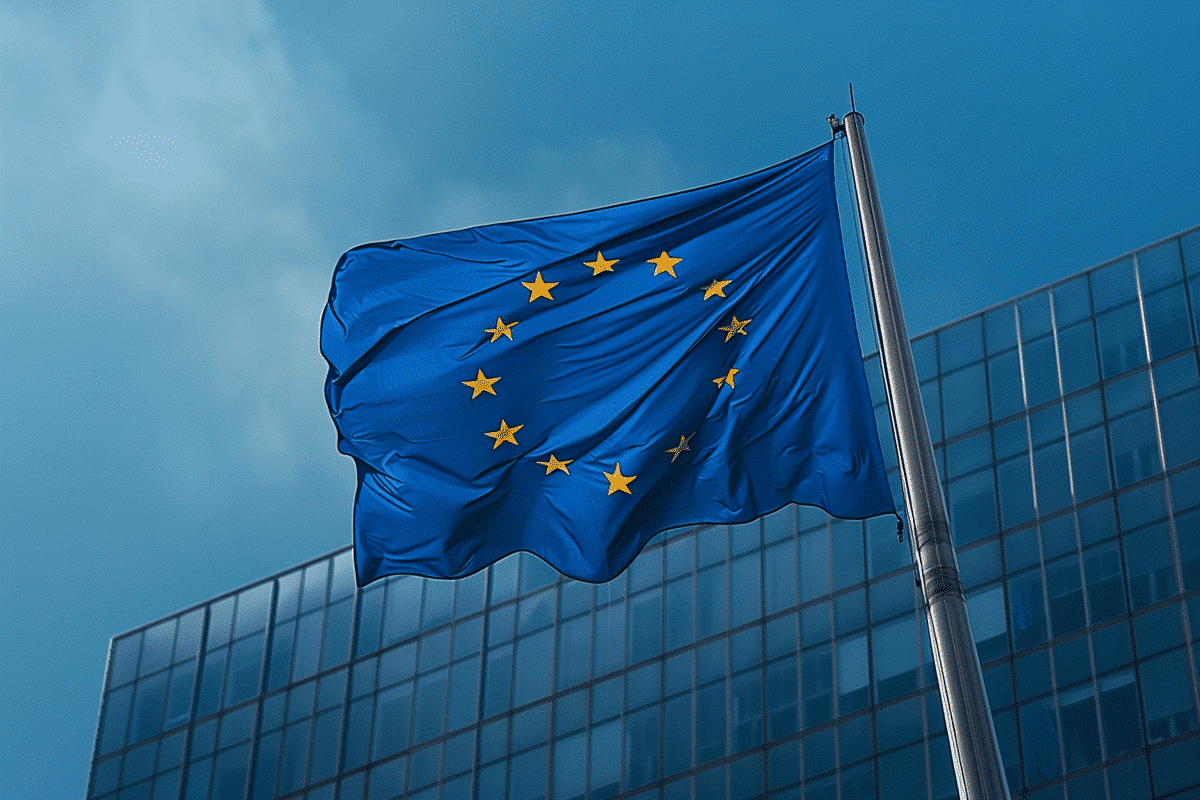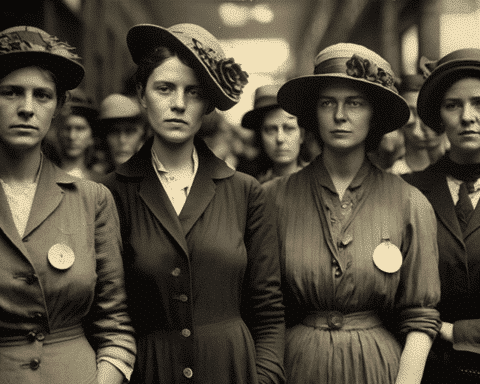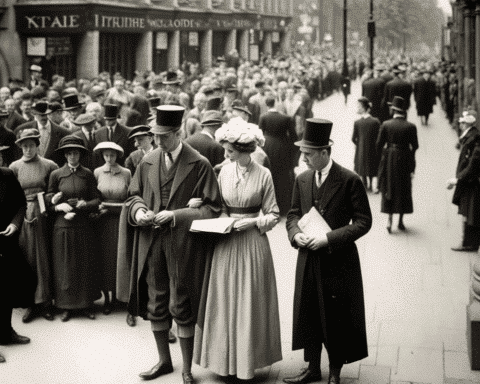As the curtain falls on the European Parliament’s term, a reflection on its dynamics, decisions, and shifts in power unveils a story of complexity and evolution. From Brexit upheavals to navigating global crises, the Parliament’s journey over the past five years has been marked by change and challenges. Here’s a closer look at the key numbers and trends that have defined this period:
- Changing Landscape: The term began with 751 elected representatives from 28 countries, but with the United Kingdom’s departure, it closes with 705 from 27 member nations.
- Priority Shifts: Despite Brexit’s initial prominence, European Commission President Ursula von der Leyen’s focus shifted towards managing crises, including a global pandemic, a cost-of-living crisis, and embattled Green Deal legislation.
- Decision-Making Dynamics: With over 700 lawmakers representing various national parties across seven political groups, decision-making in the Parliament proved intricate and often took place behind closed doors.
- Winning Streak: Renew Europe emerged as a formidable force, winning 91% of the votes they participated in, narrowly edging out Socialists & Democrats, who secured victory nearly 90% of the time. Meanwhile, the European People’s Party, the largest group, only achieved a majority in 85% of their votes.
- National Influence: Luxembourg’s MEPs stood out for their success rate, being on the winning side in almost 90% of votes, while MEPs from the UK, particularly those from the Brexit Party, frequently dissented. Hungary and Poland also saw their MEPs often on the opposing side.
- Consistent Defeat: Alternative for Germany faced consistent losses, being on the losing side of the Parliament’s votes more than any other party.
- Power Distribution: Despite the dominance of MEPs from larger countries like Germany and France, Finland and Luxembourg emerged as influential powerbrokers relative to their size.
- Political Fluidity: MEPs switching political groups caused considerable shifts, with the European People’s Party slightly tilting to the right due to new joiners.
- Committee Dynamics: The Environment, Public Health, and Food Safety Committee (ENVI) faced a deluge of legislative bills, with the European People’s Party and the Greens leading the charge.
- Gender Disparity: While progress in gender equality was made with lead lawmaker roles being relatively evenly divided, women remained more active in certain policy areas such as employment, social affairs, petitions, and women’s rights.
The Parliament’s term, characterized by its dynamic nature and the interplay of various factors, underscores the complexity of governing a diverse and evolving union. From navigating geopolitical challenges to addressing pressing social and environmental issues, the Parliament has been at the forefront of shaping Europe’s trajectory.
As the next chapter unfolds, the lessons learned from the past five years will undoubtedly inform future policies and decision-making processes, guiding the European Union towards a more resilient, inclusive, and prosperous future.




